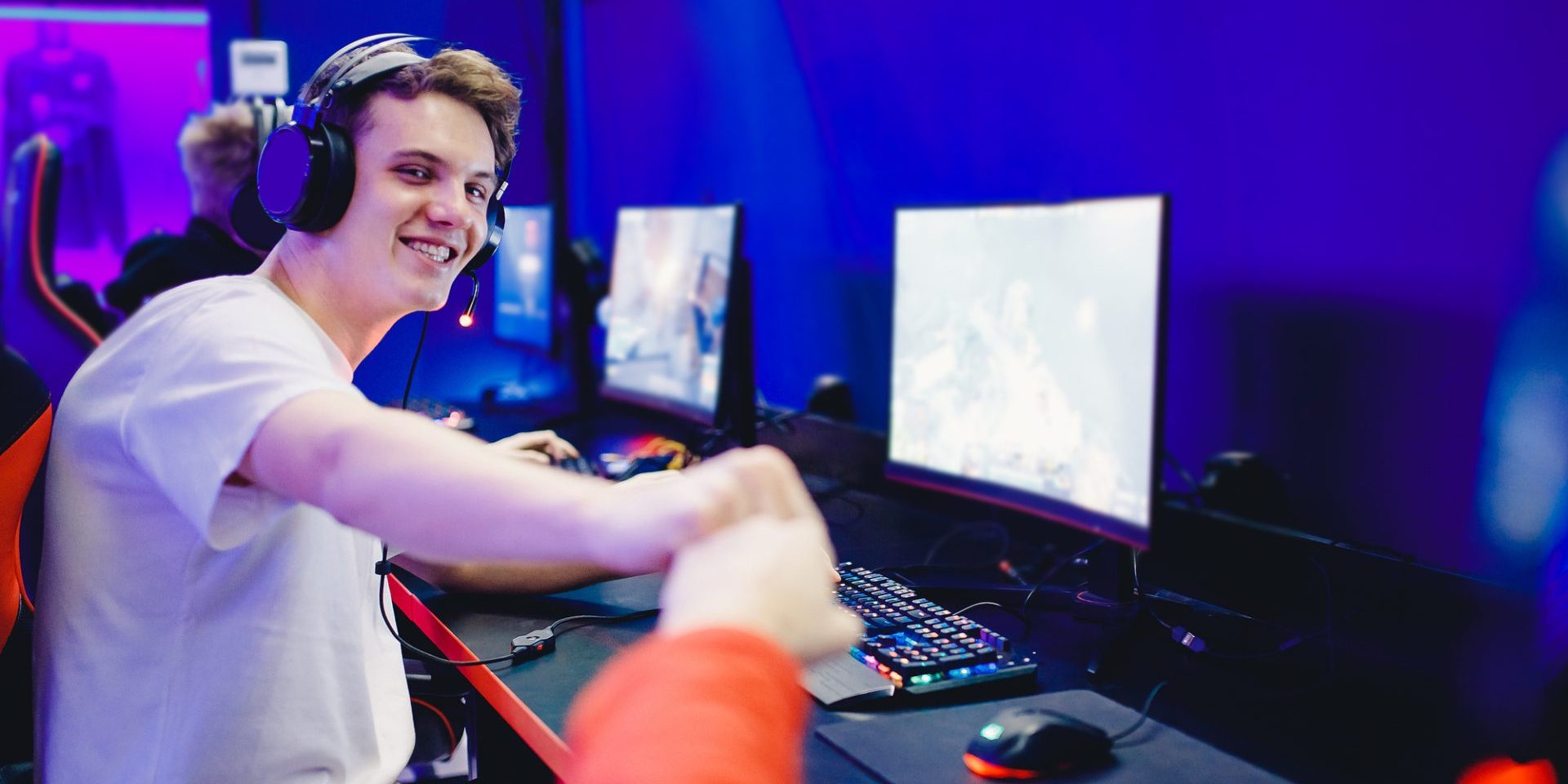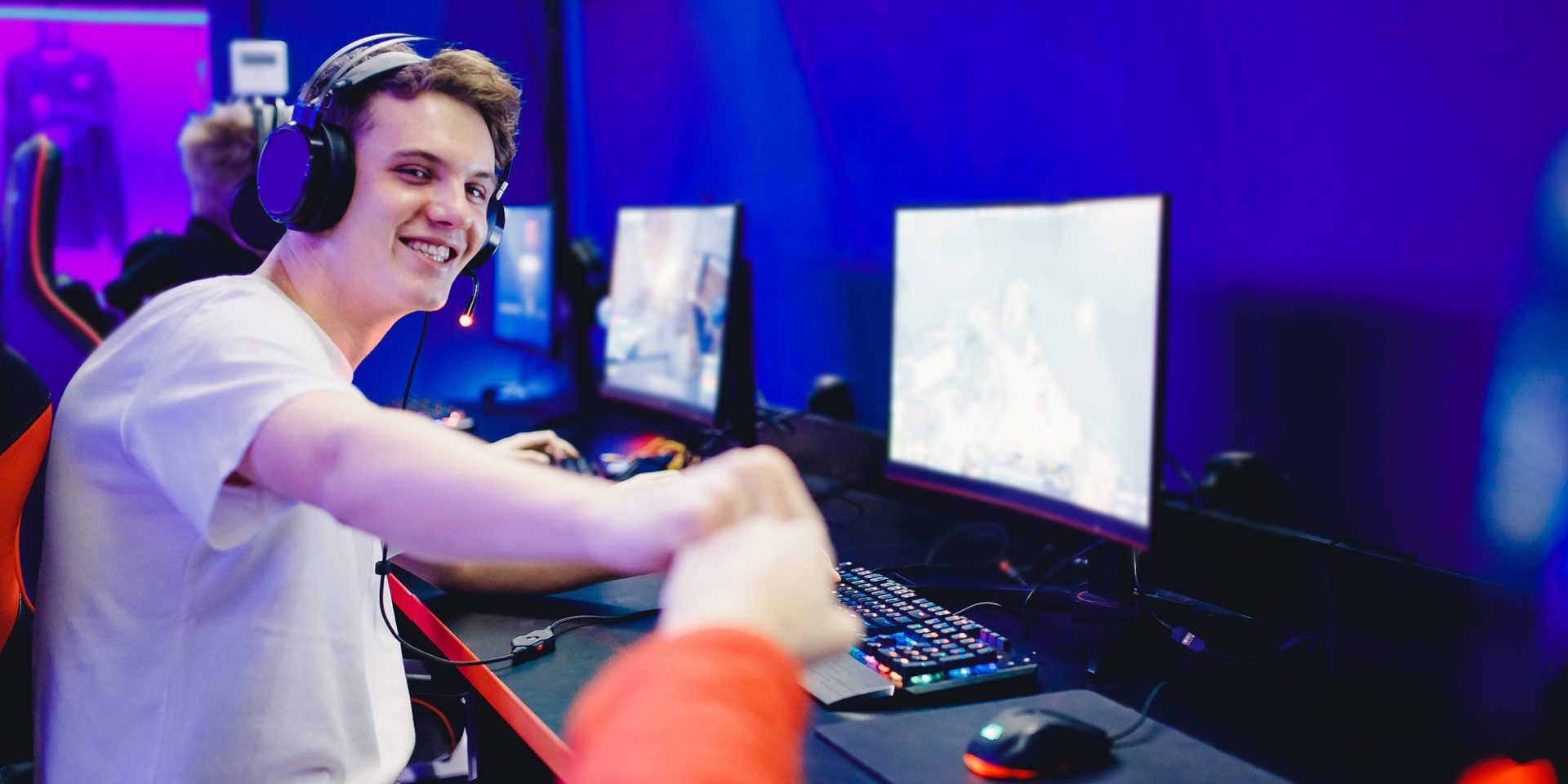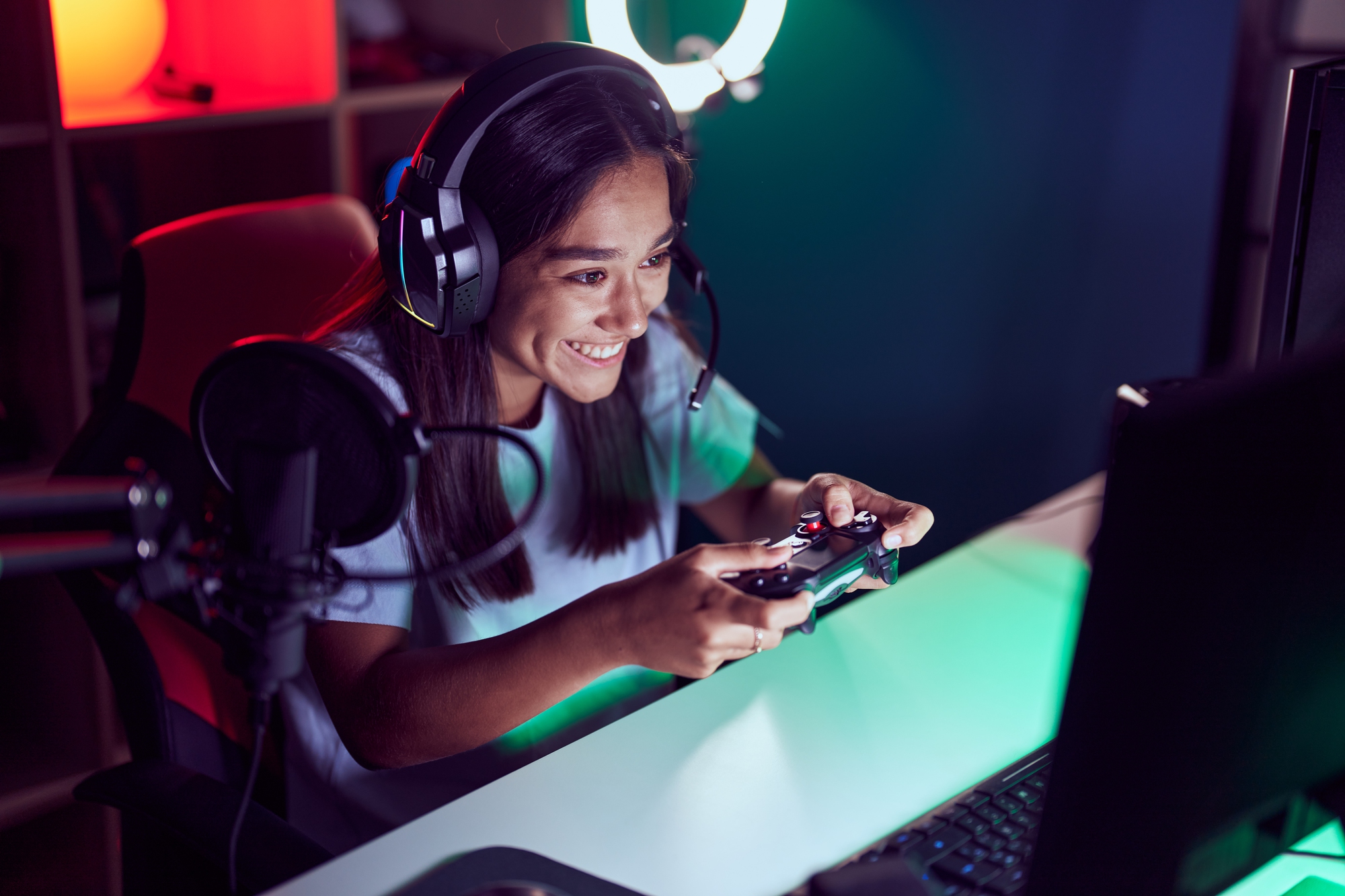

Social media platforms and gaming trends have become increasingly intertwined in recent years. Platforms like Instagram, YouTube, and TikTok serve as stages for gaming influencers to showcase their skills, share reviews, and engage with fans. Gaming stars now wield significant influence, using social media to connect with audiences and shape opinions about games.
The rise of social gaming has transformed how people interact with games and each other. Online multiplayer experiences and mobile gaming on social platforms offer new levels of engagement and connectivity. Gaming communities thrive on platforms such as Reddit and Discord, where players share experiences and discuss the latest trends.
Social media’s impact on gaming extends beyond entertainment. It provides gaming companies with opportunities to reach broader audiences and introduce new players to their titles. The constant interaction between gamers, influencers, and developers on these platforms continues to drive innovation and shape the future of the gaming industry.
Evolution of Gaming in the Social Media Ecosystem
Gaming and social media have become intertwined, reshaping how people interact and play online. This convergence has led to new platforms, partnerships, and gaming experiences.
Rise of Social Gaming Platforms
Facebook Games emerged as an early leader in social gaming. The platform allowed users to play simple games with friends directly on the social network. Zynga’s FarmVille became a phenomenon, attracting millions of daily players.
Mobile gaming apps integrated social features, letting players compete with friends and share achievements. Words With Friends and Draw Something capitalized on this trend, becoming viral hits.
Discord grew from a gaming-focused chat app into a broader social platform. It now hosts communities for various interests beyond gaming.
Collaboration Between Gaming and Social Media Giants
Major tech companies recognized the potential of merging gaming and social media. Facebook acquired Oculus VR to expand into virtual reality gaming. The company, now Meta, continues to invest in VR and AR technologies.
Microsoft purchased Minecraft developer Mojang, integrating the game with its Xbox ecosystem and educational initiatives. The acquisition helped Microsoft compete in the growing social gaming space.
Amazon bought Twitch, the leading game streaming platform. This move strengthened Amazon’s position in both e-commerce and digital entertainment.
Influence of Mobile Gaming and Cross-Platform Play
The rise of smartphones transformed the gaming landscape. Mobile games like Pokémon GO blended augmented reality with location-based gameplay, encouraging real-world social interactions.
Cross-platform play became increasingly common. Games like Fortnite allow users on different devices to play together, breaking down barriers between console, PC, and mobile gamers.
TikTok emerged as a hub for gaming content. Short-form videos featuring gameplay clips, tips, and memes became popular on the platform. This trend encouraged game developers to create more shareable moments in their titles.
Community and Engagement Dynamics
Social media platforms have become hubs for gaming communities, fostering interaction and participation. These platforms offer features that enhance engagement and support the growth of esports and live streaming.
Building Gaming Communities Through Social Media
Gaming communities thrive on social media platforms. Facebook groups, Discord servers, and subreddits provide spaces for gamers to connect, share experiences, and discuss their favorite titles. These platforms allow players to find like-minded individuals, form teams, and organize events.
Social media also helps game developers interact with their audience. Companies use Twitter, Instagram, and TikTok to announce updates, tease new content, and gather feedback. This direct communication builds trust and loyalty among players.
Gaming influencers leverage social platforms to grow their fan bases. They share gameplay videos, reviews, and tips, creating content that resonates with fellow gamers.
Enhancing Engagement with Interactive Features
Social media platforms have introduced gaming-specific features to boost engagement. Facebook Gaming and YouTube Gaming offer integrated streaming tools, allowing creators to broadcast gameplay directly to their followers.
Polls, quizzes, and challenges on platforms like Twitter and Instagram encourage audience participation. These interactive elements keep gaming communities active and invested.
Many platforms now support in-app gaming experiences. Facebook’s Instant Games and Snapchat’s Snap Games let users play with friends without leaving the app, blending social interaction with gameplay.
Role of Live Streaming and Esports
Live streaming has become a key component of gaming culture on social media. Platforms like Twitch, YouTube Live, and Facebook Gaming host millions of streamers and viewers daily.
These platforms provide tools for monetization, such as subscriptions and donations, allowing content creators to turn their passion into a career.
Esports events leverage social media for promotion and fan engagement. Tournaments are broadcast live, with real-time commentary and updates shared across platforms. This integration helps esports reach wider audiences and grow its fan base.
Social media also facilitates fan interaction during esports events. Viewers can chat, share reactions, and participate in discussions, creating a sense of community around competitive gaming.
Monetization and Market Trends
Gaming and social media platforms have seen significant shifts in revenue generation and user engagement strategies. These changes reflect broader market dynamics and consumer preferences in the digital space.
Emerging Virtual Economies and In-App Purchases
Virtual economies have become a cornerstone of gaming monetization. Games like Fortnite have popularized the concept of virtual currencies and cosmetic items, driving substantial revenue through in-app purchases. This model has spread to social platforms, with many incorporating similar features.
Virtual goods now extend beyond simple avatars or skins. Players buy and sell digital assets, creating thriving marketplaces within games. Some games even allow users to create and monetize their own content, fostering a user-driven economy.
The rise of blockchain technology has introduced new possibilities for digital ownership and value transfer in gaming ecosystems. This trend is likely to continue shaping virtual economies in the coming years.
Marketing Strategies in Gaming and Social Platforms
Gaming companies have adapted their marketing approaches to align with social media dynamics. Influencer partnerships have become a key strategy, with popular streamers and content creators promoting games to their followers.
Social media platforms serve as direct marketing channels for games. Companies use targeted ads, community engagement, and viral campaigns to attract players. Cross-platform promotions are common, with games like Among Us gaining popularity through Twitch streams and YouTube videos.
User-generated content plays a significant role in gaming marketing. Players sharing clips, memes, and experiences on social platforms create organic buzz and extend a game’s reach without additional cost to developers.
The Impact of Pandemic on Gaming and Social Interactions
The COVID-19 pandemic accelerated existing trends in gaming and social media usage. With physical distancing measures in place, many turned to online games for entertainment and social connection.
Games with social features saw a surge in popularity. Titles like Among Us experienced explosive growth as people sought ways to interact with friends remotely. This trend highlighted the growing overlap between gaming and social platforms.
The pandemic also boosted cloud gaming services, as people looked for accessible gaming options without the need for high-end hardware. This shift may have long-term effects on how games are distributed and played.
The increased time spent gaming during lockdowns led to changes in consumer behavior, with more players willing to spend on in-game items and subscriptions. This shift has influenced monetization strategies across the gaming industry.
Innovation and the Future of Gaming on Social Platforms
Gaming on social platforms is evolving rapidly, driven by technological advancements and changing user preferences. These innovations are reshaping how people play, interact, and share gaming experiences online.
Integration of AI and Advanced Technologies
Artificial intelligence is transforming gaming on social platforms. AI enhances player experiences by creating more realistic non-player characters and adapting game difficulty in real-time. Machine learning algorithms analyze player behavior to personalize content and recommendations.
Virtual and augmented reality technologies are becoming more prevalent in social gaming. VR headsets offer immersive multiplayer experiences, while AR apps blend digital elements with the real world. These technologies enable new forms of social interaction within games.
Cloud gaming services are gaining traction, allowing users to stream high-quality games directly to their devices. This reduces hardware requirements and makes gaming more accessible across various platforms.
Sustainable Gaming and Digital Responsibility
Game developers and social platforms are increasingly focusing on sustainability in gaming. Energy-efficient coding practices and server optimization help reduce the carbon footprint of online gaming.
Social gaming platforms are implementing features to promote digital well-being. These include screen time tracking, parental controls, and reminders to take breaks. Such tools aim to foster healthier gaming habits.
Efforts to create inclusive gaming environments are growing. This includes improved accessibility options for players with disabilities and tools to combat toxic behavior in online communities.
Next-Generation Platforms and User-Generated Content
Emerging social gaming platforms are blurring the lines between gaming and social media. These platforms integrate live streaming, chat features, and social networking directly into the gaming experience.
User-generated content is becoming a central aspect of social gaming. Players can create and share custom levels, character skins, and even entire games within these platforms. This fosters creativity and extends game longevity.
Mobile devices continue to drive innovation in social gaming. 5G networks enable more complex multiplayer games on smartphones and tablets. Cross-platform play is becoming standard, allowing users on different devices to game together seamlessly.









